Unleash Visual Appeal with 3D CAD Architectural Rendering Magic
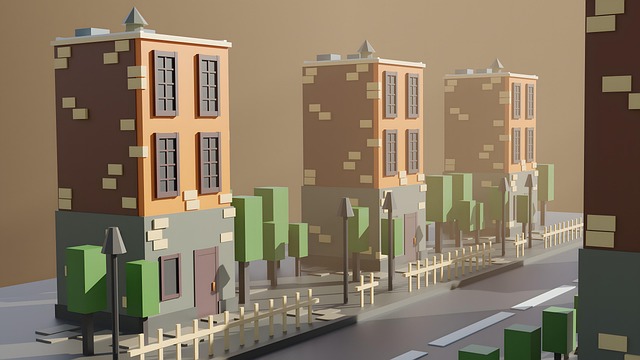
3D CAD architectural visualization transforms digital blueprints into immersive, hyper-realistic vis…….
In the realm of architecture and design, Architectural Computer-Aided Design (CAD) Rendering stands as a powerful tool, enabling professionals to translate their creative visions into realistic visual representations. This article delves deep into the world of architectural CAD rendering, exploring its definition, historical evolution, global impact, technological advancements, and its pivotal role in shaping our built environment. By the end, readers will gain a comprehensive understanding of this dynamic field and its significance in modern design practices.
Definition:
Architectural CAD Rendering is a process that involves creating detailed digital images or animations of architectural designs using specialized computer software. It is a method to visualize and communicate the aesthetic, functional, and technical aspects of buildings before construction begins. Renderings can range from simple 2D drawings to complex 3D visualizations, often accompanied by lighting, materials, and textural effects.
Core Components:
Historical Context:
The origins of architectural CAD rendering can be traced back to the early days of computer graphics in the 1960s. Early systems, like the IBM 704 and PDP-10, laid the foundation for digital design. However, it was in the late 1980s and 1990s that CAD software became more accessible and powerful, revolutionizing architectural practices. Programs like Autodesk’s AutoCAD and ArchiCAD emerged as industry standards, enabling architects to create precise drawings and visualizations with enhanced efficiency.
Significance:
Architectural CAD rendering serves multiple critical functions:
Architectural CAD rendering has a profound global impact, fostering cultural exchange and standardization in design practices:
| Region | Key Trends/Influences | Local Adaptations |
|---|---|---|
| North America | Advanced use of BIM (Building Information Modeling) and VR (Virtual Reality) for immersive renderings. | Focus on energy-efficient designs due to strict environmental regulations. |
| Europe | Emphasis on sustainable architecture, reflected in material choices and lighting design. | Diverse cultural influences result in unique architectural styles across the continent. |
| Asia Pacific | High adoption rate of cutting-edge rendering technologies for rapid prototyping. | Incorporation of traditional elements into modern designs, blending heritage with contemporary aesthetics. |
| Middle East | Majestic, iconic structures with intricate geometric patterns and rich cultural symbolism. | Use of advanced materials and lighting techniques to create stunning outdoor spaces. |
These regional variations showcase the adaptability and global reach of architectural CAD rendering, catering to diverse cultural, environmental, and economic factors.
Market Dynamics:
The global architectural visualization market is experiencing steady growth, driven by increasing construction activities and a growing demand for high-quality digital content. According to a 2022 report by Market Research Future (MRFR), the market size was valued at USD 5,163.4 million in 2020 and is projected to reach USD 9,877.1 million by 2027, growing at a CAGR of 10.4%.
Investment Patterns:
Real estate developers and construction companies heavily invest in CAD rendering technologies to streamline design-build processes. This investment includes software licenses, hardware upgrades, and training for staff. The adoption of advanced rendering techniques can enhance project appeal, potentially increasing property values and rental rates.
Economic Impact:
The field of architectural CAD rendering has witnessed significant technological strides:
Project 1: Green Urban Tower (London)
An architectural firm used advanced rendering to design a sustainable high-rise tower. The visualization showcased innovative green facades and natural lighting strategies, attracting investors and winning the project.
Project 2: Virtual Museum Tour (Tokyo)
A museum collaborated with developers to create an immersive VR experience showcasing its architecture and exhibits. Renderings served as a foundation for developing interactive virtual tours during COVID-19 lockdowns.
Despite its numerous benefits, architectural CAD rendering faces several challenges:
The future of architectural CAD rendering appears promising, with several emerging trends:
Architectural CAD rendering is a dynamic field that has transformed the way buildings are designed, visualized, and communicated. With technological advancements pushing boundaries, architects can create stunning digital prototypes while clients benefit from improved design understanding and involvement. As global construction activities increase, the role of CAD rendering will only become more critical in shaping our built environment for years to come.

3D CAD architectural visualization transforms digital blueprints into immersive, hyper-realistic vis…….

3D CAD architectural visualization leverages advanced lighting simulation and physically based rende…….
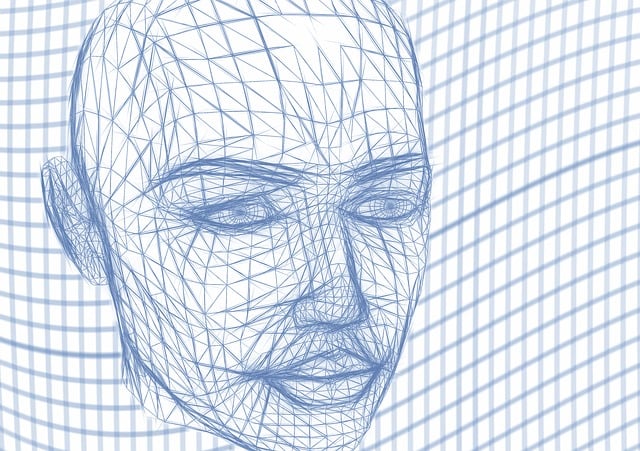
Building Information Modeling (BIM) integrated with advanced photorealistic architectural rendering…….
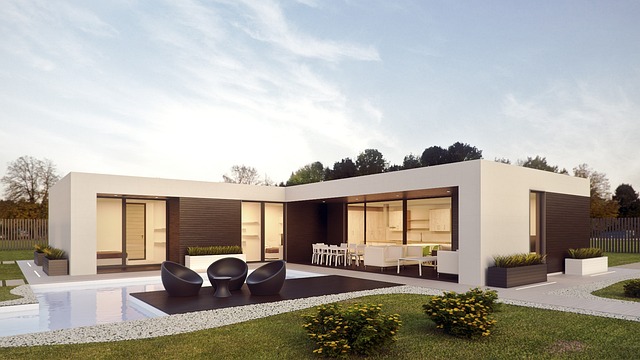
Exterior architectural rendering is a powerful tool for creating lifelike digital prototypes of buil…….
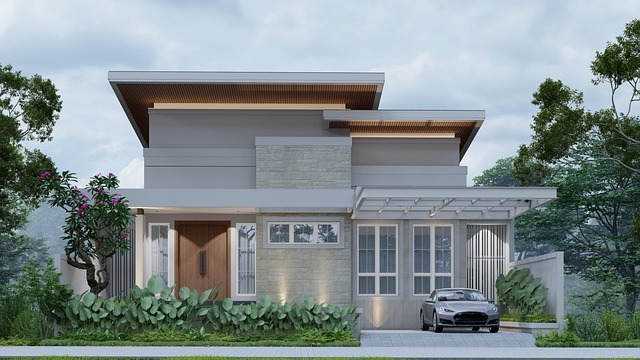
Exterior architectural renderings, combined with 3D rendering and flythrough animations, revolutioni…….

AR/VR technologies revolutionize building design rendering by creating immersive experiences that br…….

Building design rendering leverages advanced software to create realistic visualizations of structur…….
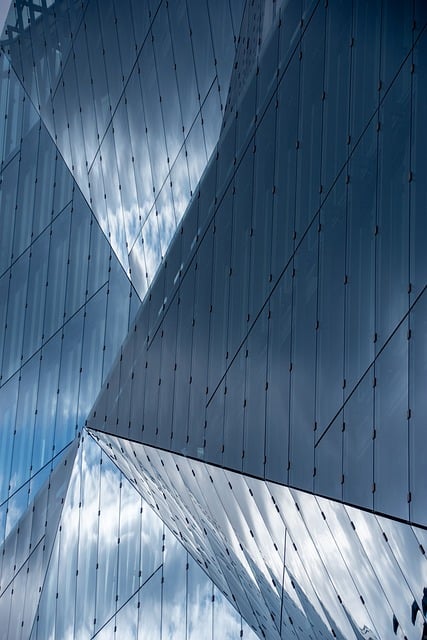
Building design renderings are crucial visual aids that transform abstract architectural concepts in…….
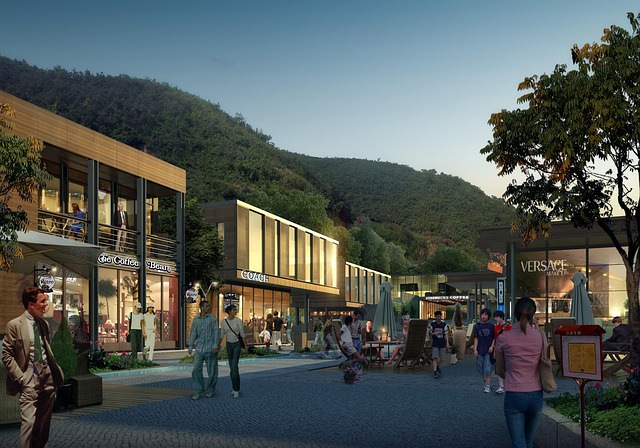
CAD rendering transforms building design through photorealistic 3D visualizations, enhancing communi…….
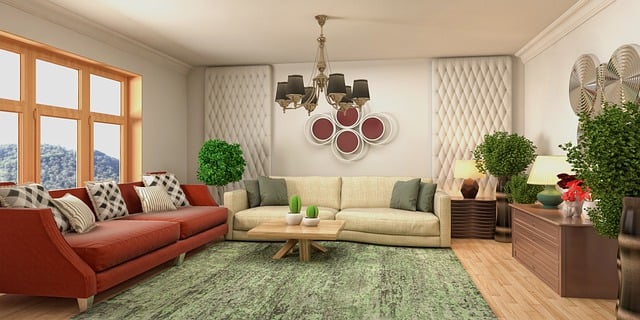
Post-production techniques like advanced rendering and color grading significantly enhance the visua…….